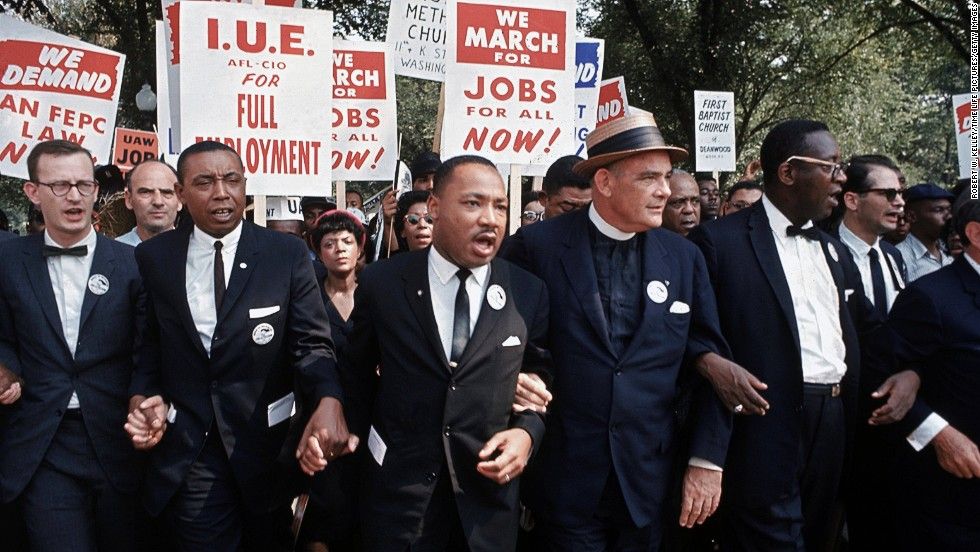
Washington, D.C. (1972): n. pag. Print.
of Historical and Cultural Significance in the Nation's Capital." Hippocrene Books(1999):
n. pag. Print.
<https://blackboard.albany.edu/bbcswebdav/pid-2514251-dt-content-rid-12058217_1/cou
rses/2173-RPOS-341-4466/Population%20%26%20ethnicity.pdf>.
Timeline."Historical Society of Washington, D.C. (2005): n. pag. Print.
D.C. (2004): n. pag. Print.